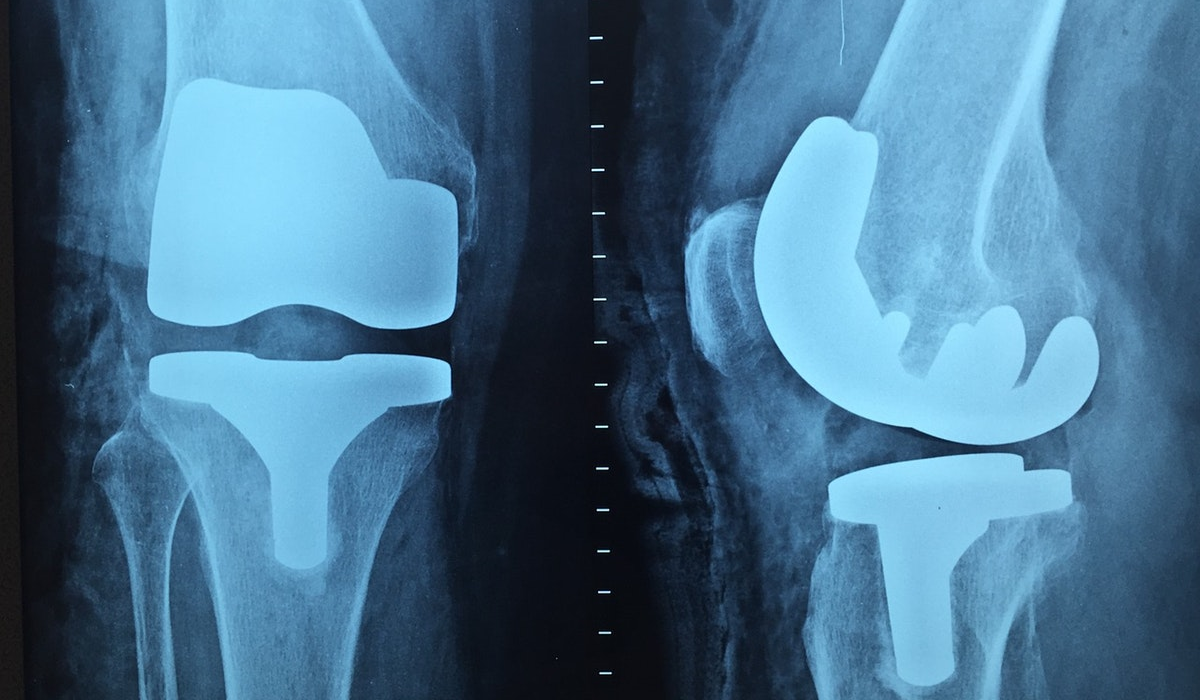ARTICLE SUMMARY:
Two years after buying Mako, Stryker is confident of its transformative potential, but is carefully pacing the system’s rollout.
Robotics has been a particularly tough sell in orthopedics, even as Intuitive Surgical Inc. and others have made headway with it in other surgical specialties. Thus, Stryker Corp.’s acquisition of Mako Surgical Corp. in December 2013 for $1.65 billion made a splash.
This was the first time a large orthopedics manufacturer—or major device company for that matter—had made a sizable commitment to robots, an area of controversy for more than two decades. In announcing the deal, Stryker Orthopaedics Group President David Floyd argued that it would be transformative and deliver on what he called “all of the three major innovation opportunities in recon”: procedural, implant design, and improved patient satisfaction based on outcomes. The company was vague, however, about the specifics of its goals.
While Stryker clearly expects Mako to help drive its overall share of the hip and knee markets, it is very much a long-term bet. At a Canaccord Genuity Musculoskeletal Conference held in conjunction with this year’s meeting of the American Academy of Orthopaedic Surgerons (AAOS), William Huffnagle, president of Stryker’s Reconstructive Division, commented, “We want to make this the new norm. We’re going to transform orthopedics.”
Stryker’s VP Strategy and Investor Relations, Katherine Owen, however, cautioned analysts separately on the latest fourth quarter earnings call, that hips and knees “are big applications and to say that it’s impacting contracting, I would say it is too early for that,” adding that it will take a couple of years for the business to mature before it can offer “great differentiation, which will show up in many different ways.”
Opinions diverge widely on the utility and cost-effectiveness of robots in orthopedics, and it’s too early to predict Mako’s, or other system’s likelihood of success. Mako was a highlight of Stryker’s exhibits at AAOS, but neither it nor robotics in general were a focus of any of the meeting’s scientific sessions.
At the time of the sale, Mako, founded in 2004, had revenues of more than $100 million, generated largely from its robotic arm system and related implants for partial knee resurfacing, and a total hip arthroplasty application, for which it had recently received FDA clearance. It spent the year immediately following the deal educating surgeons and hospitals on Mako and paving the way for FDA clearance to sell the system for total knee arthroplasty, which Stryker executives expect to be Mako’s biggest application to date.
That FDA clearance came in August 2015, and the company is now gearing up for a full launch of Mako’s total knee application in 2017 by pilot testing it with key opinion leaders. With several competitors jumping into the fray—notably Smith & Nephew PLC’s late 2015 purchase of Blue Belt Holdings Inc., for $275 million, and Johnson & Johnson’s new robotics joint venture with Verily Life Sciences LLC (i.e., Google), known as Verb Surgical Inc., Stryker’s progress is being watched closely. ( See “Surgical Robots Move to Center Stage,” The MedTech Strategist , February 2, 2016.)
The company sold 72 Mako units in 2015, nearly half in the fourth quarter, about double the numbers in 2014; altogether, about 300 Mako systems are in place in hospitals, largely in the US. While Stryker has not publically broken down demand for Mako overall, or by indication, CEO Kevin Lobo noted at JP Morgan in January that Mako is off to a “very strong start.”
On the Q4 call, Owen noted that the partial knee application is still underpenetrated, and the company is “particularly pleased with the increased demand for the hip indication.” She also indicated that the robot is helping Stryker both win new and keep existing accounts, which, given the recon market’s maturity, means it has potential to draw business from competitors.
Analysts estimate Mako’s ASP at roughly $1 million, and executives have said that the systems are being sold, not placed, with customers electing to either purchase them outright or enter into leasing arrangements with third-party providers, which are counted as sales because they acquire the system. Whether pricing pressure will increase as competitors step in is uncertain, but Owen said in response to analysts’ questions: “You don’t sell a $1 million capital easily, but I will tell you we are selling $1 million capital.”
The data on partial knee procedures is already compelling, with demonstrated improved outcomes out to two years, according to Stryker’s VP & GM, Reconstructive Business, Stuart Simpson, in an interview with The MedTech Strategist at AAOS. The published revision rate is 1% at two years, while corresponding manual procedure revision rates range from 2% to 3.5%—a significant reduction, he says.
For total hip procedures, improvement “in positioning in hips has been very well demonstrated, but we haven’t been doing it long enough to show that it’s going to change revision rates long term,” he says. “But I can tell you that we’re seeing better component positioning, which leads to better short-term function for patients. That should drive improved patient satisfaction”—one of the core metrics used to calculate rewards under new healthcare payment initiatives. “But the data is always behind the partial knee data because we’ve been doing partial knees for eight years, and the total hip application’s relatively new.”
Robotics technology has “transformed every industry that it’s been applied to, from manufacturing all the way to entertainment,” he continued. “And medicine’s no different. We’re seeing robotics come into many aspects of healthcare at the moment, and we believe that medicine is the next industry that will be transformed by robotics technology. Now, specific to orthopedics, there were some pioneering technologies that were probably a little bit immature and met with some challenged clinical outcomes,” he said, noting that eight years into Mako’s launch, the system has been used in some 50,000 partial knee and 10,000 total hip procedures.

